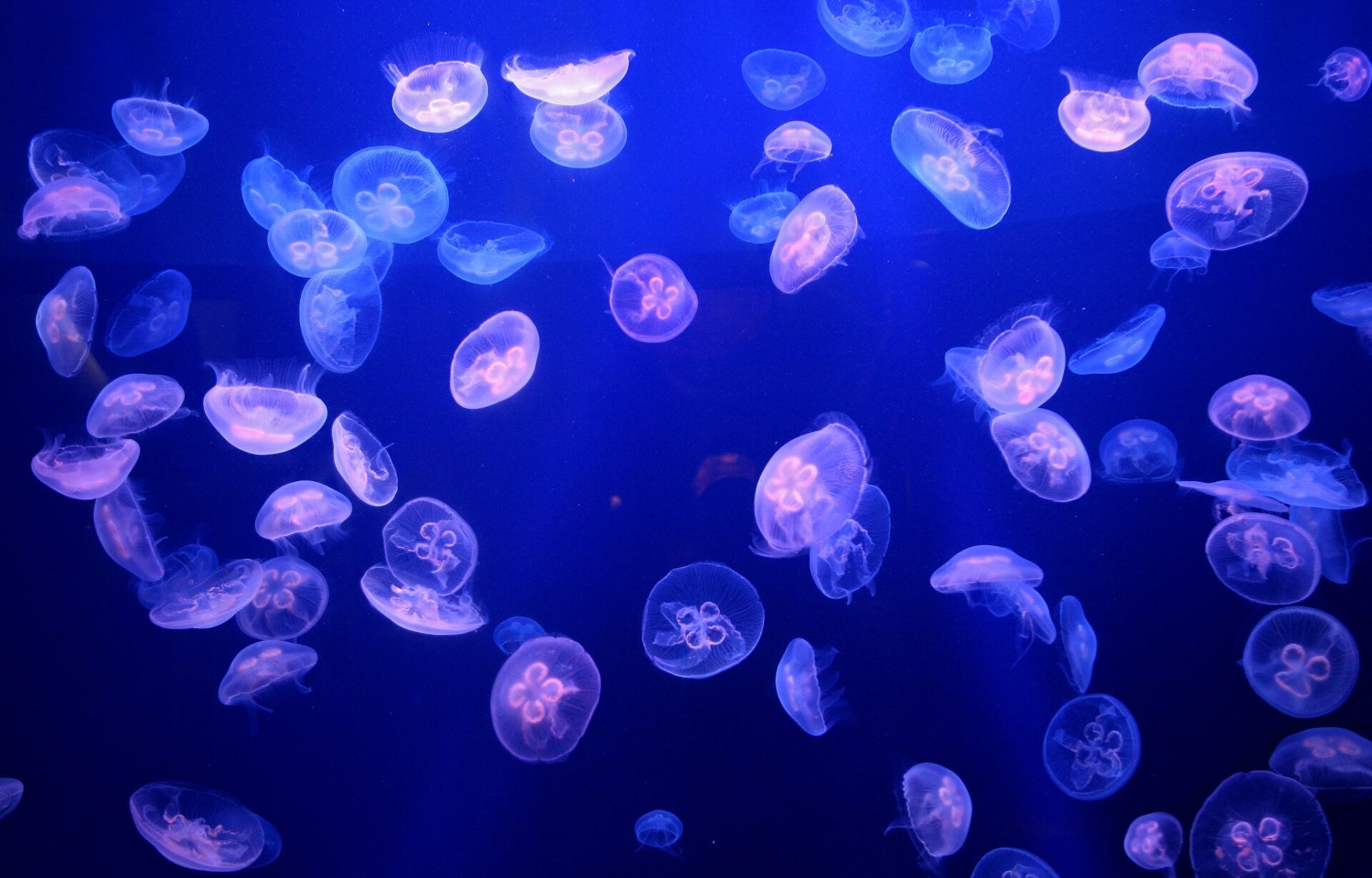Jellyfish Overpower Nuclear Power Plant in Show of Force From Mother Nature

Jellyfish may be spineless, but they showed the backbone of a dedicated environmentalist over the weekend. A swarm of the gelatinous sea dwellers overwhelmed a nuclear power plant in northern France, forcing its shutdown on Sunday.
The incident started when a “massive and unpredictable” swarm of jellyfish started to overwhelm the filter drums, which remove debris from cooling water systems, at the Gravelines nuclear power plant that sits on the coast of the North Sea. The sheer volume of jellyfish caught in the filter forced four reactors at the plant to go into an automatic shutdown, taking them offline to avoid potential disaster.
The timing certainly could have been better, as The Guardian reported that two other reactors at the plant were already offline at the time for summer maintenance. By Sunday, the entire plant, which is capable of powering about five million homes, was shut down completely. According to European energy outlet Montel News, the incident knocked out 10% of France’s nuclear capacity.
While losing power is not ideal, it certainly beats the other potential outcomes. The good news is that the safety system at the plant operated as intended. EDF, the company that operates the plan, reported that the incident didn’t do any harm to the facilities, staff, or environment, and there are no long-term safety concerns. The plant is expected to come back online once the drums are cleared and operations can continue without fear of getting gunked up by rogue jellyfish.
This whole “overwhelmed by jellyfish” thing has become a bit of a problem for nuclear power plants, as the number of incidents just keeps piling up. A similar occurrence plagued a plant in Sweden in 2013, Scotland, Israel, Japan and Florida in 2011, and California in 2008. It’s difficult to do anything about it because jellyfish blooms can be difficult to predict. They tend to just show up, and when it happens near a nuclear power plant, the operators have to deal with it, though there have been some efforts to try to better predict when a swarm may appear.
One thing we do know, though, is that jellyfish blooms are becoming more common—in no small part due to human activity. Warming ocean temperatures are more hospitable to the jellyfish, which are also finding more food sources because overfishing and warmer conditions have pushed competitors out of their environments. It’s kind of amazing how something that is 95% water can create such major problems, but we only have ourselves to blame.








